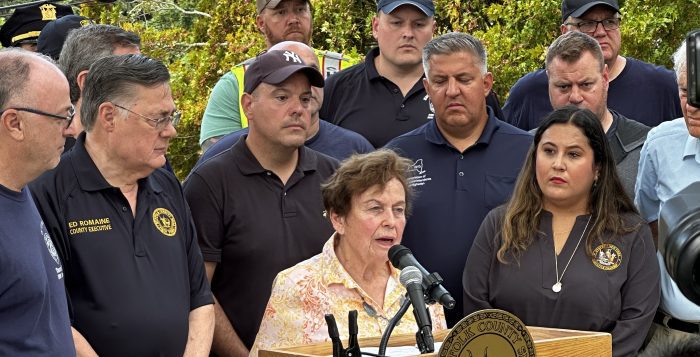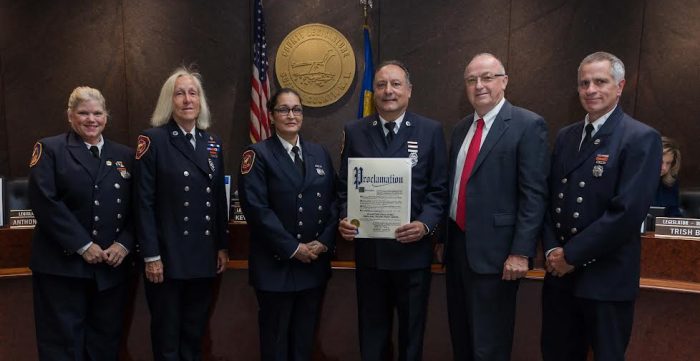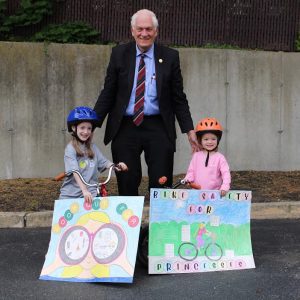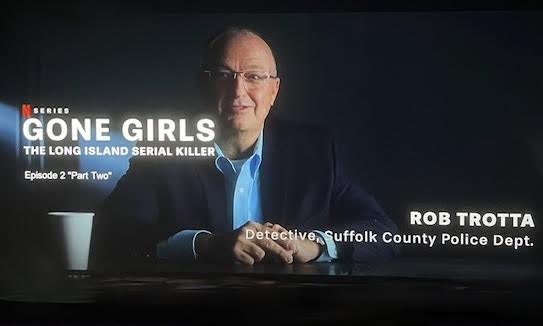By Peter Sloniewsky
At the June 24 Republican primary, Suffolk County Legislator Rob Trotta (R, Fort Salonga) is running to replace incumbent Ed Wehrheim (R, Kings Park) as the Republican candidate for Town of Smithtown supervisor.
Trotta initially took office in 2014 following a lengthy career with the Suffolk County Police Department and will be term limited in November. Trotta’s platform includes limited development, open-space preservation, term limits and more generally limited town government.
“They want four-story apartment buildings in downtown Smithtown,” Trotta said, referring to the current administration. “Their own consultants said that the people of Smithtown and Kings Park… do not want high-density apartments. And the first thing they did was shove high-density apartments into less than half an acre.”
Trotta also referenced New York Governor Kathy Hochul’s (D) plan for transit-oriented development, which involves the rezoning of residential areas around train stations to incentivize housing development. This development has been the subject of much debate and has generally received mixed reviews from suburban representatives on the state level.
“At our train stations in Smithtown, her mandate was fifteen units per acre,” Trotta told TBR News Media. “They’re trying to shove forty-six in a half an acre… it defies logic. They’re urbanizing and making Smithtown into Queens.”
When asked directly about Smithtown’s affordable housing, Trotta offered an alternative response.
“When a house goes up for sale here, it sells in an hour. It’s affordable to someone… there are people that can afford to live here,” Trotta said. “It’s just getting older! Homes will free up… when you build all of these apartments, you’re robbing a generation of building equity by putting young people in those apartments.”
“I’m not saying all apartments are bad,” Trotta added. “I’m not against all apartments, but the proliferation of it is ridiculous.”
Trotta is also running on a platform of anticorruption measures and term limits. Previously, his tenure as a police officer and legislator was marked by strict opposition to the power of the Suffolk County Police Benevolent Association. The New York Times even reported in 2021 that Trotta’s foremost motivation in running for the Suffolk County Legislature in 2014 was to investigate the police department.
“I’m honest, I’m trustworthy, and I’m cheap,” Trotta said. “I will watch after every dollar… I’ll watch every dollar of tax money, and I’ll root out any corruption.”
Lastly, Trotta plans to prioritize public-space management and expansion. As a Suffolk County legislator, such actions have been a major part of his tenure.
“I’ve been responsible for over 400 acres being preserved in the town of Smithtown,” Trotta said. “People moved here for the suburban lifestyle, not an urban lifestyle.”


























